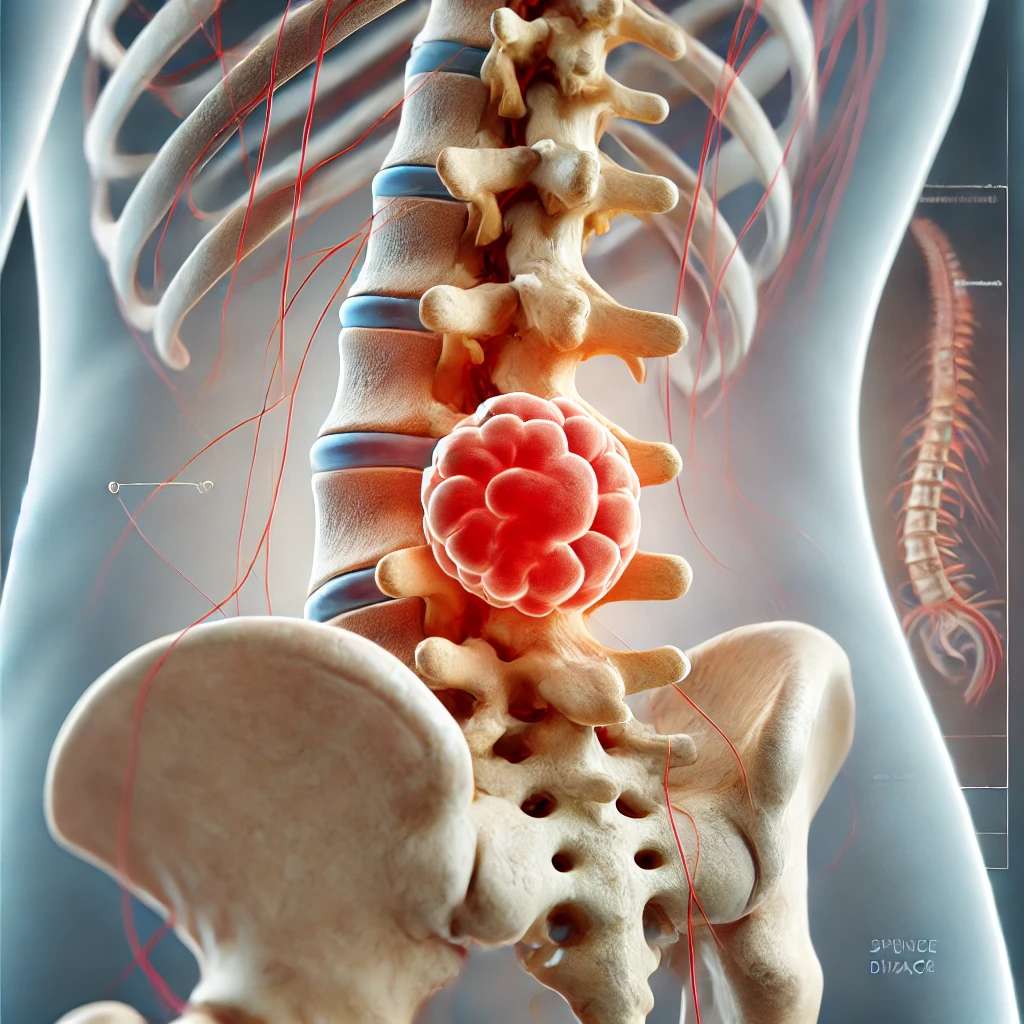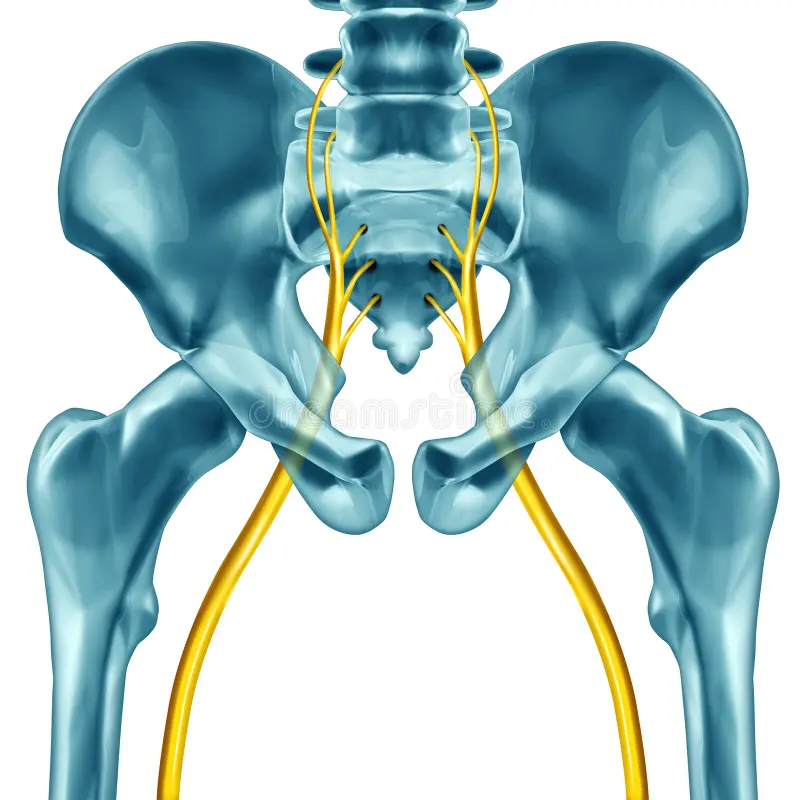Overview
Benign bone tumors are non-cancerous tumors that grow in the bone. Unlike malignant tumors, which can invade surrounding tissue and spread to other parts of the body, benign tumors typically pose little health risk. They can occur in a variety of areas of the body, including the spine, pelvis, and long bones of the hands and feet. Dr. Irfan Malik at Mspine helps you to fight this condition.







